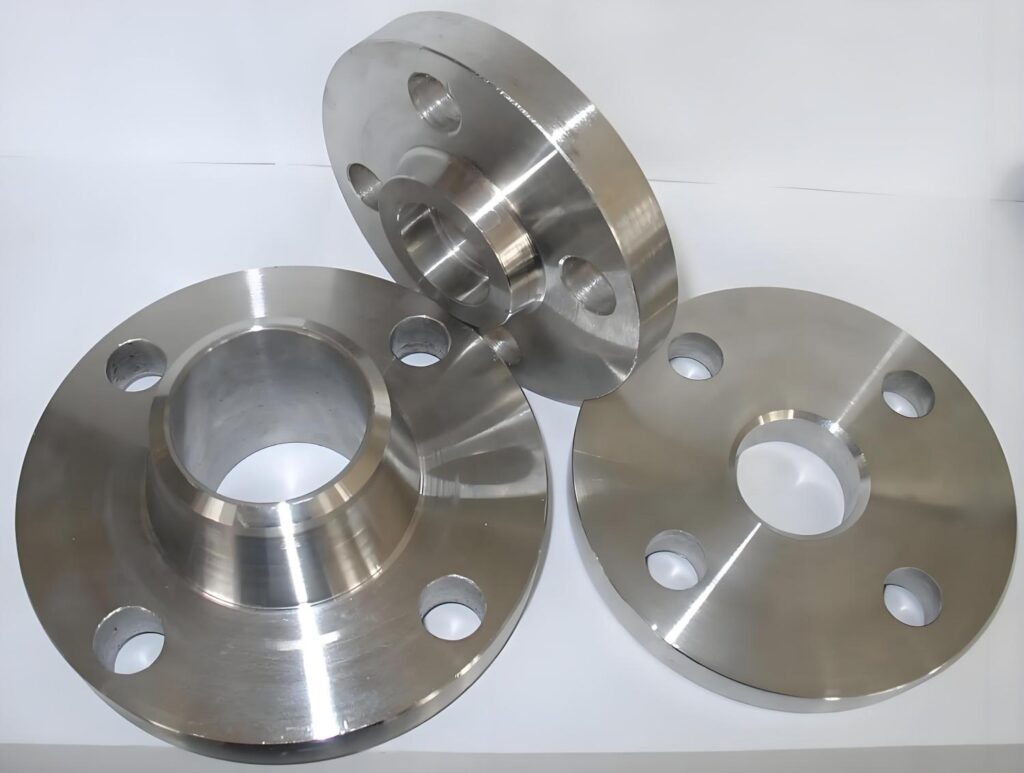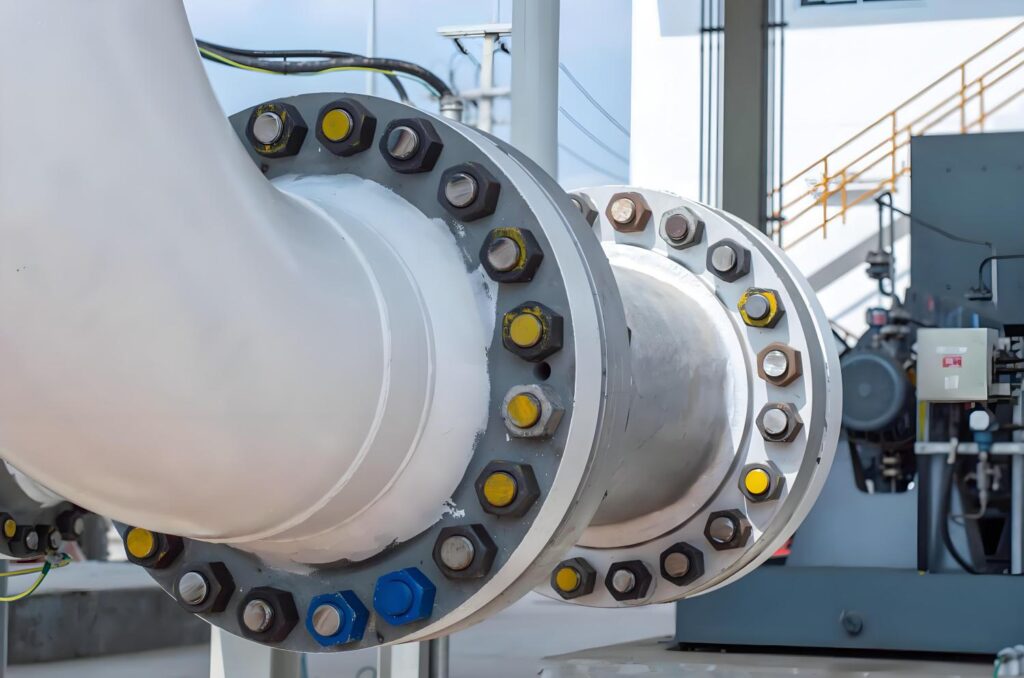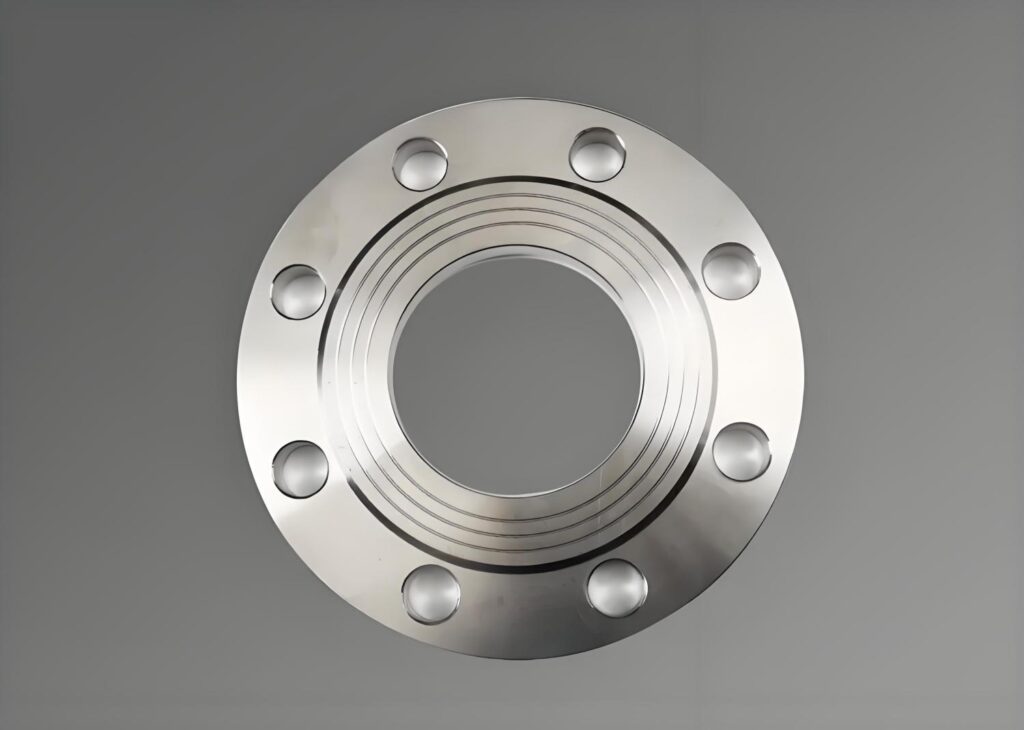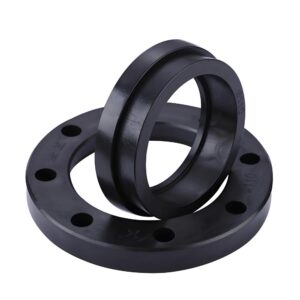Flanges are the unsung heroes of industrial piping systems, quietly ensuring secure connections in everything from oil rigs to water treatment plants. These versatile components join pipes, valves, and equipment, creating leak-proof systems that withstand high pressure, extreme temperatures, and corrosive environments. For professionals in the machining industry, understanding flanges is key to building reliable systems. This guide dives deep into what flanges are, their types, materials, connection methods, applications, and tips for choosing the right one. With practical insights and real-world examples, this blog is designed to help you make informed decisions for your projects.
What Is a Flange?

A flange is a flat, circular component that connects pipes, valves, pumps, or other machinery to form a cohesive piping system. Think of it as a sturdy handshake between two sections of pipe, secured with bolts and often a gasket to prevent leaks. Flanges are essential in industries like oil and gas, chemical processing, and manufacturing, where they ensure fluids or gases flow smoothly without spills or disruptions.
What makes flanges so valuable is their versatility. They come in various sizes and designs, allowing for easy assembly, disassembly, and maintenance. For example, a refinery might use flanges to connect miles of piping, while a small factory might rely on them to link machinery components. Their ability to handle diverse conditions makes them indispensable.
What Are the Types of Flanges?
Flanges come in several varieties, each designed for specific applications. Choosing the right type depends on your system’s pressure, temperature, and maintenance needs. Here’s a breakdown of the most common types:
Weld Neck Flanges
Weld neck flanges are built for durability, featuring a long, tapered hub that’s welded to the pipe. This design provides excellent strength, making them perfect for high-pressure systems like those in petrochemical plants. Their robust construction minimizes stress and prevents leaks.
Slip-On Flanges
Slip-on flanges are budget-friendly and easy to install. They slide over the pipe and are welded in place, ideal for low-pressure systems like water pipelines. While not as strong as weld neck flanges, they’re a practical choice for less demanding applications.
Blind Flanges
Blind flanges act like a cap, sealing the end of a pipe to stop flow or allow for future expansions. They’re commonly used in systems requiring periodic maintenance, such as in chemical plants where sections need to be isolated for cleaning.
Threaded Flanges
Threaded flanges screw onto pipes with matching threads, eliminating the need for welding. They’re great for small-diameter pipes or hazardous environments where welding is risky, like in explosive gas systems.
Socket Weld Flanges
Socket weld flanges are designed for small, high-pressure pipes. The pipe fits into the flange’s socket and is welded, ensuring a smooth flow path. They’re popular in hydraulic systems where precision is critical.
Lap Joint Flanges
Lap joint flanges pair with a stub end, making them easy to align and disassemble. They’re ideal for systems requiring frequent maintenance, such as food processing plants where hygiene is a priority.
Selection of Flange Material
The material of a flange directly impacts its performance and longevity. Selecting the right one depends on the environment, fluid type, and operating conditions. Here are the main materials used:
Carbon Steel
Carbon steel flanges are strong and cost-effective, making them a go-to for general applications. However, they may need protective coatings to resist rust in humid or corrosive settings, like coastal refineries.
Stainless Steel
Stainless steel flanges shine in corrosive environments, such as chemical plants or marine applications. Their resistance to rust and ability to handle extreme temperatures make them a premium choice.
Alloy Steel
Alloy steel flanges are engineered for high-pressure, high-temperature systems, like those in power plants. They combine durability with resistance to wear, ensuring long-term reliability.
Non-Metallic Materials
Non-metallic flanges, such as those made from PVC or fiberglass, are used in low-pressure, corrosive systems like wastewater treatment. They’re lightweight and resist chemical degradation, offering a practical alternative.
Choosing the right material involves balancing cost, durability, and compatibility. For instance, a chemical plant handling acids might opt for stainless steel, while a budget-conscious project might choose carbon steel with proper coatings.
The Connection Method of Flange
How a flange connects to a system affects its performance and ease of maintenance. Here are the primary connection methods:
Bolted Connections
Bolted connections are the most common, using bolts and gaskets to join flanges. They’re easy to assemble and disassemble, making them ideal for systems requiring regular maintenance, like water treatment facilities.
Welded Connections
Welded connections, used in weld neck or socket weld flanges, create a permanent bond. They’re perfect for high-pressure systems, such as oil pipelines, where leaks could be catastrophic.
Threaded Connections
Threaded connections allow flanges to be screwed onto pipes, ideal for temporary setups or systems where welding isn’t practical. They’re often used in low-pressure gas lines.
Proper installation is crucial to avoid leaks or failures. For example, over-tightening bolts can damage gaskets, while under-tightening can cause leaks. Following industry standards ensures a secure fit.
Application of Flange

Flanges are critical across industries, supporting a wide range of operations. Here’s how they’re used:
Oil and Gas
In oil and gas, flanges connect pipelines carrying crude oil or natural gas. They must withstand high pressures and corrosive substances, ensuring safe transport over long distances.
Chemical Processing
Chemical plants use flanges to handle aggressive chemicals. Stainless steel or alloy flanges are often chosen for their corrosion resistance, ensuring safety and reliability.
Water Treatment
Flanges in water treatment systems connect pipes carrying water or wastewater. Non-metallic options are popular for their resistance to corrosion in wet environments.
Power Generation
Power plants rely on flanges for steam and gas turbines, where they endure extreme heat and pressure. Alloy steel flanges are often used for their strength.
Manufacturing
In manufacturing, flanges link machinery and equipment, ensuring smooth production. For example, a factory might use lap joint flanges for easy maintenance of conveyor systems.
Each application demands specific flange types and materials, tailored to the system’s unique needs.
How to Choose the Appropriate Flange?
Selecting the right flange ensures system efficiency and safety. Here’s a step-by-step guide:
Understand System Requirements
Consider the pressure, temperature, and fluid type. High-pressure systems, like those in oil refineries, may require weld neck flanges, while low-pressure systems might use slip-on flanges.
Check Material Compatibility
Ensure the flange material resists corrosion from the fluid or environment. For example, stainless steel is ideal for acidic chemicals, while carbon steel suits general use.
Evaluate Connection Needs
Decide if a bolted, welded, or threaded connection is best. Systems needing frequent maintenance benefit from bolted or lap joint flanges.
Verify Standards
Flanges must meet standards like ASME or ANSI for compatibility and safety. Check the flange’s size, pressure rating, and specifications to match your system.
Seek Expert Advice
For complex projects, consult engineers or suppliers. We can recommend flanges that meet technical and regulatory requirements, saving time and costs.
By following these steps, you can choose a flange that boosts performance and durability.
Industry Trends and Innovation
The flange industry is evolving with new technologies and sustainability goals. Key trends include:
Advanced Materials
New alloys and composites improve corrosion resistance and reduce weight, ideal for harsh environments like offshore platforms.
Precision Manufacturing
Technologies like CNC machining and 3D printing enable custom flanges with high precision, meeting unique project needs.
Sustainable Practices
Eco-friendly materials and energy-efficient manufacturing are gaining traction. Recyclable flanges and green production methods are becoming standard.
Smart Technology
Smart flanges with embedded sensors monitor pressure, temperature, and leaks in real time, enhancing safety in critical systems like power plants.
These innovations make flanges more reliable and adaptable, keeping pace with modern industrial demands.
Why Choose Precionn for Your Flange Solutions?
For businesses seeking top-tier flanges, Precionn is a trusted name in the machining industry. With a focus on precision and quality, Precionn delivers custom flanges that meet the needs of international clients. From weld neck to blind flanges, their advanced manufacturing ensures compliance with global standards. Visit Precionn’s website to explore their solutions and connect with their team for tailored support on your next project.




